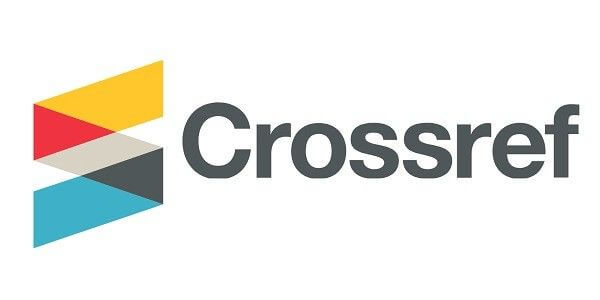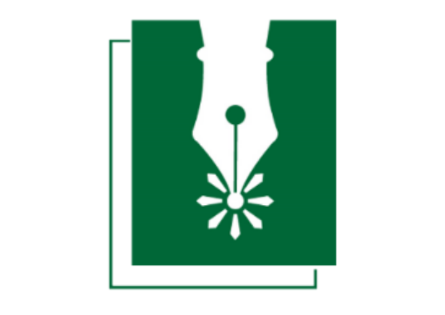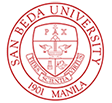Improving university competitiveness and quality education through Human Resource Development in the digital era
Keywords:
Human Resource Development, Higher Education Institution (HEI), Industrial Revolution 4.0, quality education, competitivenessAbstract
In its quest for quality education, Higher Education Institutions (HEI) ascribed to the UN's SDG 4 Quality Education in ensuring that inclusive and equitable quality education will promote lifelong learning and opportunities for all. The critical role of Higher Education Institutions (HEIs) in building teaching skills, fostering knowledge, and engagement with society are significant factors in developing its human resources, particularly, the faculty. The benefits and challenges brought about by Industry 4.0 drive the universities to integrate quality education into their mission of promoting positive change, lifelong learning, and competitiveness. The study utilized qualitative and descriptive design to probe the variabilities and similarities of Human Resource Development strategies, quality education initiatives, and university competitiveness of HEIs in Bandung and Manila. Thematic analysis was carried out to produce more conclusive results. The researchers applied a data condensation process to form a perceived relevant category and a theme was created based on strategies and competitiveness. The significant result shows a deficit in the strategy to target specific faculty KSAs in the personal development in-service programs instituted by the HEIs in Manila. Remarkable are the many organizational strategies employed by both cities that yields quality education indicator (management) particularly the essential role of the HEI in instituting policies for faculty’s wholistic development. Results on competitiveness denote compliance to most functional capacities of both cities as a valuable means of mobility as the education workers meet the demands of their job. Moreover, the strong partnership with local and international agencies solidifies various developmental programs and the social relevance of the university. The study recommends further study on the impact of the educational global ranking system in the retention of human resources and employment of graduates.
References
Alhalboosi, F.H.A.M. (2018). Human Resource Development. https://www.doi.org/10.13140/RG.2.2.34328.65285
Cadena, S., Garcia, J., Aguirre, E., Ortiz, J., Pérez, A., & Segura-Morales, M. (2018). Measuring Quality of Higher Education. https://www.doi.org/10.21125/edulearn.2018.2484 DOI: https://doi.org/10.21125/edulearn.2018.2484
Cann, Oliver. (2016, September 27). What is Competitiveness?”. World Economic Forum. https://www.weforum.org/agenda/2016/09/what-is-competitiveness/
Dimitrova, G. & Dimitrova, T. (2017). Competitiveness of the universities: measurement capabilities. Trakia Journal of Sciences. 15, Supplement 1, Series Social Sciences. https://www.doi.org/10.15547/tjs.2017.s.01.055 DOI: https://doi.org/10.15547/tjs.2017.s.01.055
Dacles, D.M., Valtoribio, D.C., Del Rosario, F.G., Matias, C.A., & Saludarez, M.U. (2016). Cultivating Research Culture: An Analysis of Contributing Factors, the Institution’s Research Initiatives, and Collaboration among the HEI’s Trifocal Functions. American Journal of Educational Research. Vol. 4, No. 6, 2016, pp 439-449. http://pubs.sciepub.com/education/4/6/2
Heizer, J., Render, B., & Munson, C. (2017). Principles of Operations Management: Sustainability and Supply Chain Management. (10th ed.) Pearson.
Lussier, Robert N. & Hendon, John R. (2019). Human Resources Management: Functions, Applications, and Skill Development. (3rd ed.), SAGE Publications, Inc.
Narmania, D., Chokheli, E., Kharkheli, M., Keshelashvili, G., Kikutadze, V., Gulua, E, Vardiashvili, N., Tofuria, B., & Gavardashvili, D. (2021). Tsu competitiveness assessment is based on the research of university entrants' attitude (according to the educational programs of the faculty of economics and business). Euser Publishing.
Murthi, M., Arnhold, N., & Bassett, R.M. (2021 October 12). Tertiary education is essential for opportunity, competitiveness, and growth. World Bank Blogs. https://blogs.worldbank.org/education/tertiary-education-essential-opportunity-competitiveness-and-growth. DOI: https://doi.org/10.1596/36328
Sclafani, Susan K. (n.d.). Recruiting, Training and Supporting a 21st Century Teaching Profession. Charwell Education Group for Asia Society. https://asiasociety.org/files/lwtw-teachered.pdf
Taylor, E. S. & Tyler, J. H. (2012). The Effect of Evaluation on Teacher Performance. https://scholar.harvard.edu/files/evaluation-performance-tt.pdf DOI: https://doi.org/10.1257/aer.102.7.3628
UNESCO. (n.d.). Sustainable Development Goal 4 and its targets. https://en.unesco.org/education2030-sdg4/targets
Untong, Leonel Penaredondo. (2020). Ethical Climate and Faculty’s Trifocal Functions of State Universities and Colleges (SUCS) in Region XII, Philippines. International Journal of Education and Literacy Studies.
World Economic Forum. (2023, March 22). Here’s why education systems need to start taking a “skills-first” approach. https://www.weforum.org/agenda/2023/03/heres-why-educations-systems-need-to-start-taking-a-skills-first-approach?utm_source= facebook&utm_medium=social_scheduler&utm_term=Education,+Skills+and+Learning&utm_content=08/04/2023+01:00&fbclid=IwAR3hIDxFP7bMU8cVYxczFcNjuGX1LBrUKS-gAq7zqm WS4zbEQyMkKd9C5Ko_aem_th_AVJYInndNsmGMDLTACc6d4YreokAXs2K2oVUTXEFQVoBuHnZyp8Q2ZbWb7cab0056Xw&mibextid=Zxz2cZ
- PDF | 326
- Abstract Views | 613
Published
How to Cite
Issue
Section
Copyright (c) 2023 Josephine Prudente, Ani Yunaningsih

This work is licensed under a Creative Commons Attribution-NonCommercial-NoDerivatives 4.0 International License.











